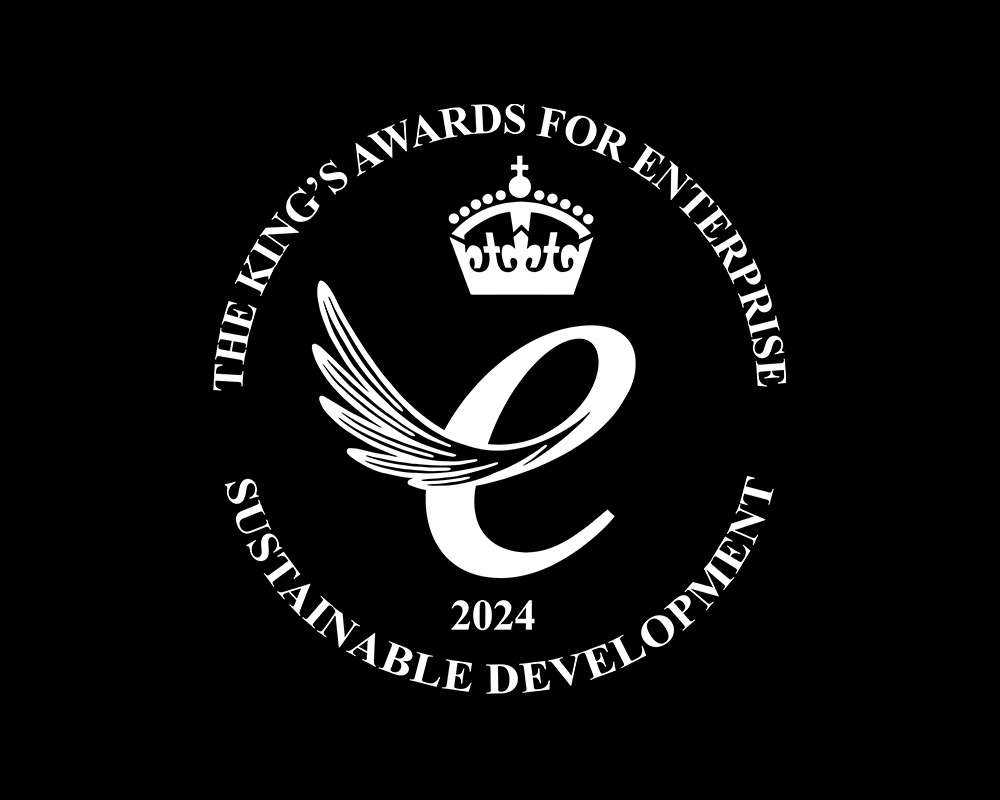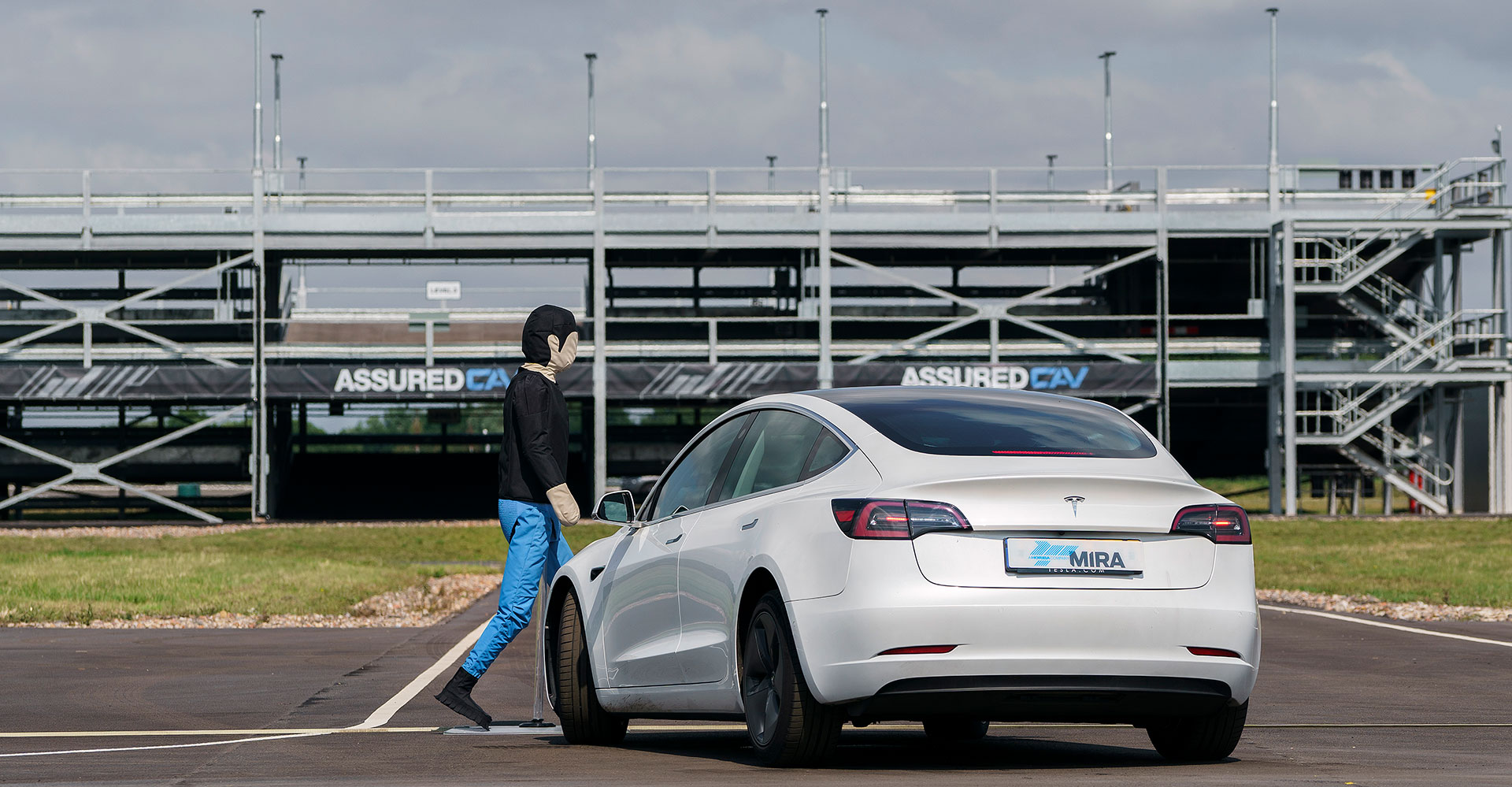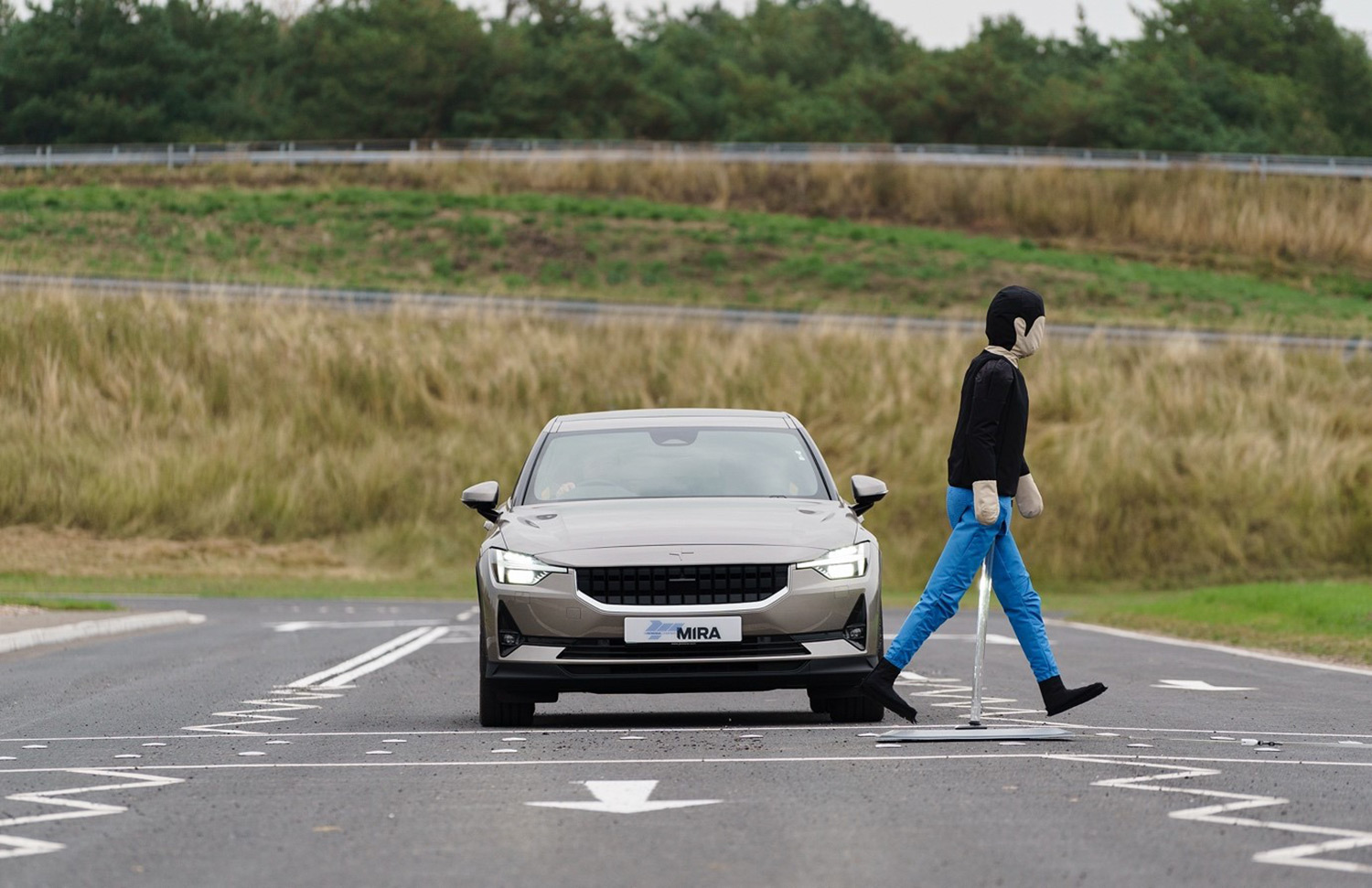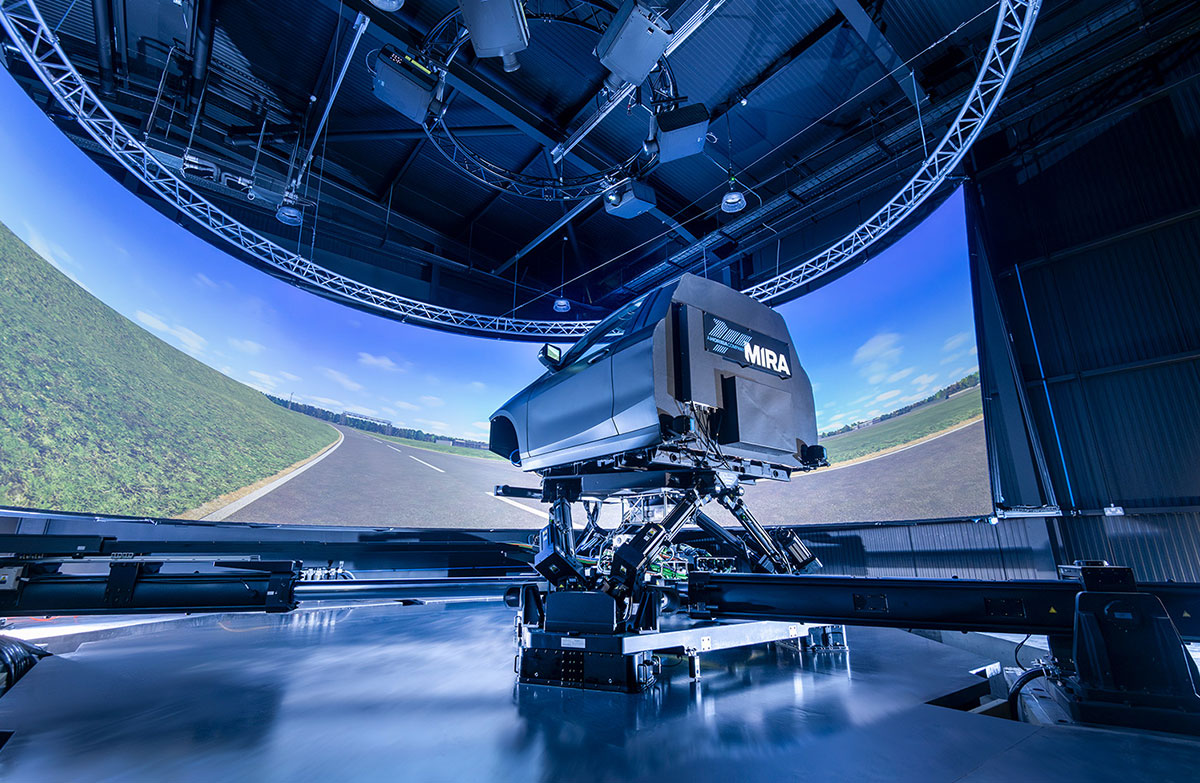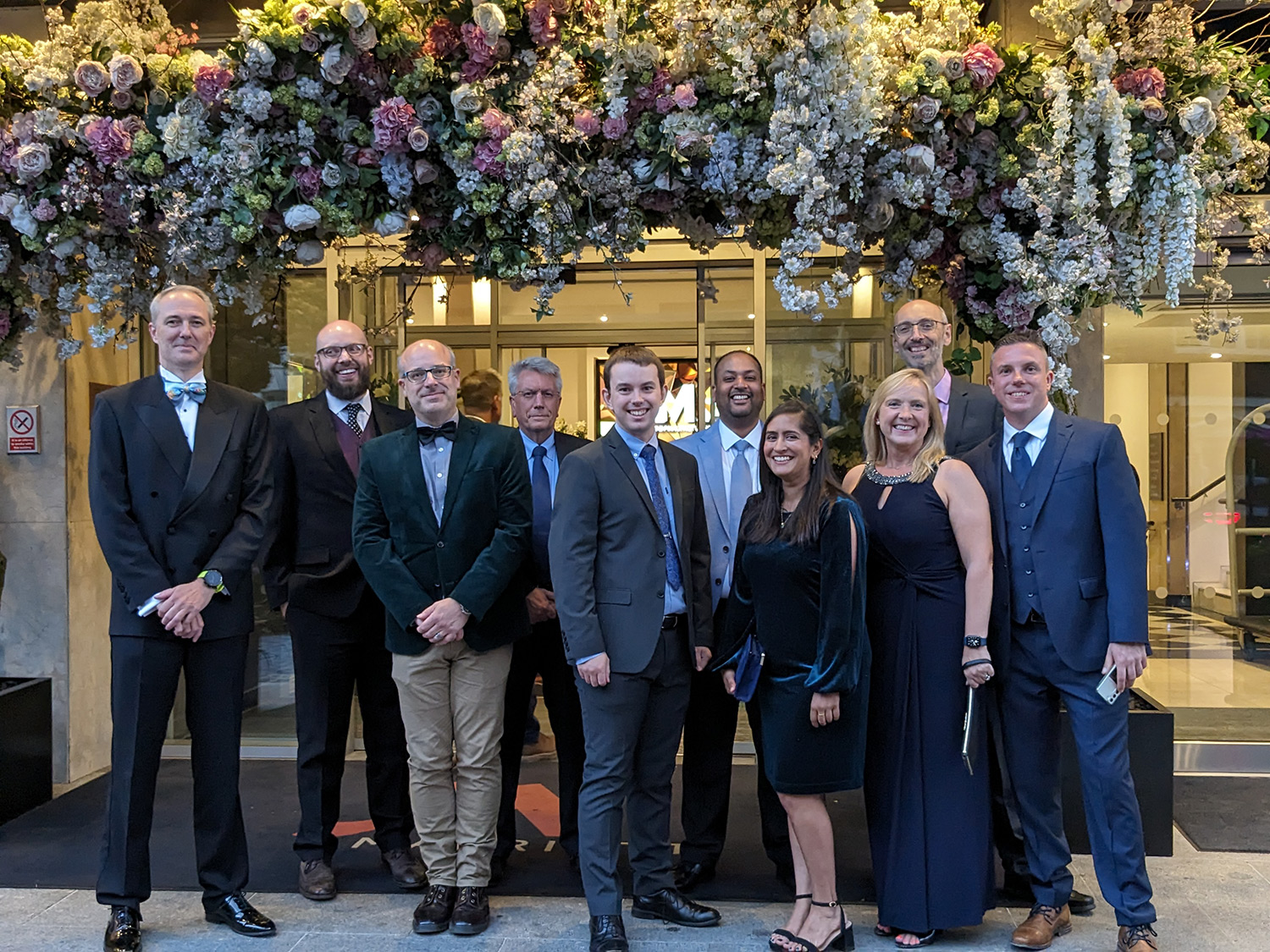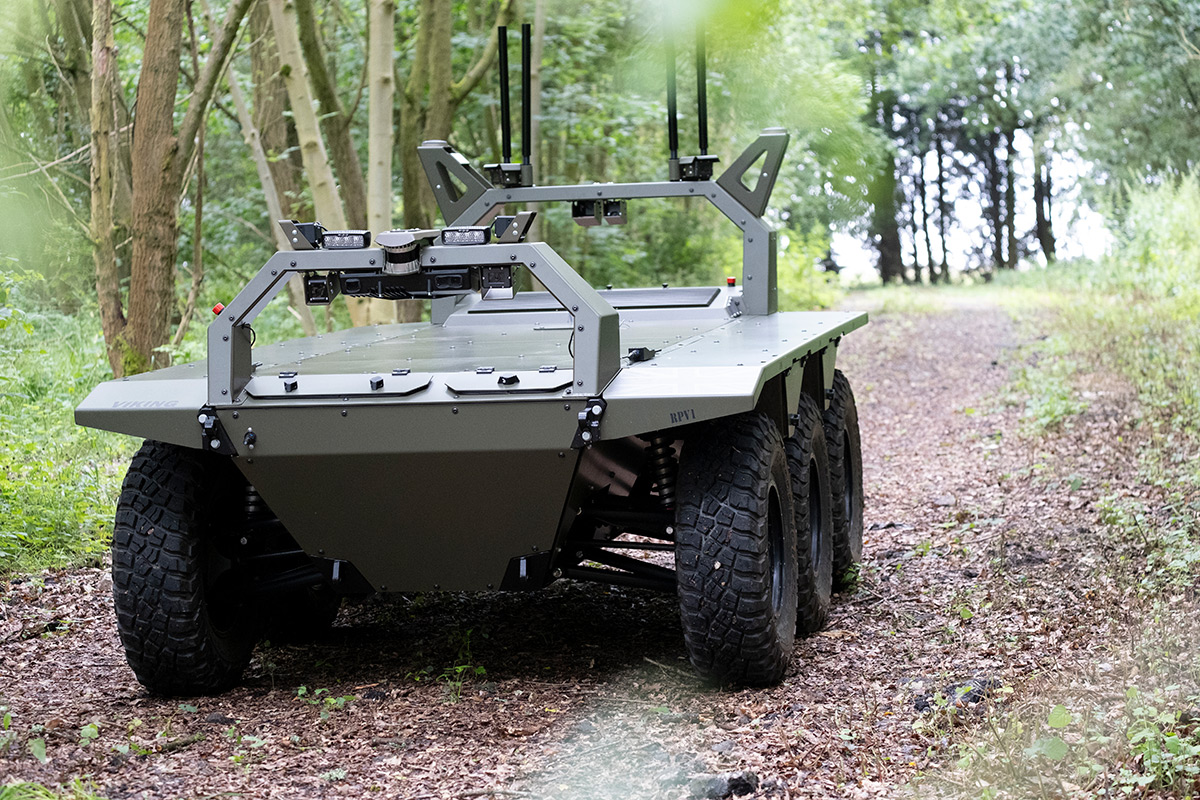Testing Times – A new era for vehicle emissions, the trend for next generation cars

In the third part of his series on testing, Anthony looks at reception and connectivity evaluations, which will become increasingly important as electronic communications become more integrated into road vehicles
With clean vehicle policies and the move to electrification and automation on the horizon CO2 emissions from vehicles are set to reduce significantly but electromagnetic emissions are due to increase. This increase in (wanted and unwanted) electromagnetic emissions along with the new technologies being fitted to vehicles brings with it a requirement to change the way we test.
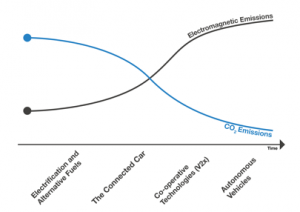
In much the same way as video phones, wearable technology and hover boards from Back To The Future II, it is difficult for some to perceive that one day we will have connected, cooperative, or automated vehicles; but as technology and connectivity progress at an amazing pace, we are finding it ever more difficult to be outrageous enough with our future predictions, making us far too conservative in our visions.
We merely need to look at how our appetite for connectivity and advances in the underpinning technologies has affected our speed of uptake. To reach a worldwide audience of 50 million, it took radio 38 years, television just 13 years, but for the web, this was a mere four years. In the subsequent ten years, global web users grew tenfold to 500 million. In 1970, the smartphone was just a dream, but for many of us it is now our life and connects us to the world.
The difficulty in the automotive industry is that many of the new technologies required to support next generation cars are just that, new. Within the vehicle environment these are not extensions of old technologies they are completely new: Infra-red sensors, Light Detection And Ranging (LiDAR) systems, 360° vision systems, high definition displays, lightweight structures, wireless connectivity and the applications they enable, vehicle to vehicle and vehicle to roadside communications, holographic or projected displays, autonomous driving features, voice recognition, wireless power transfer, remote control, electrification and other alternative fuel systems, health monitoring systems, and the list goes on, and on, and on.
For some the plethora of features that will form the backbone of future vehicles is too much, however for the Millennial Generation onwards, at whom feature rich future vehicles will be aimed, technology will always be too little, too late. Like it or not, we would be silly to ignore what we all know; people want a feature rich life and technology delivers that it in spades. Mobile device manufacturers know it, app developers know it and now vehicle manufacturers are seeing advances in technologies that will allow them to step into the arena and capitalise on it.
With advances in new technologies comes a significant increase in EMC test requirements with, specific focus currently on electrification, Advanced Driver Assistance Systems (ADAS) and reception / connectivity performance. These are driving three advanced areas of test:
- EV and HEV testing including plug-in and Wireless Power Transfer (WPT)
- Vehicle safety, interoperability and functional performance testing
- Broadcast reception (radio and TV) and mobile connectivity (GSM, 3G, 4G, 5G, GNSS, WiFi, Bluetooth, ITS) evaluations
In Part 2 of my blog about Vehicle Safety, Interoperability and Functional Performance I looked at the complexities involved in ensuring the robustness of new vehicle technologies.
In this blog, I will focus on reception / connectivity evaluations as these are part of an important set of tests that evaluate ‘customer impact’ or ‘real world performance’ and through developments at HORIBA MIRA, these types of assessments are on the rise. Unless you work or have interests in the field of Electromagnetic Compatibility (EMC), a Radio Frequency Interference (RFI) graph illustrating high emissions in the radio bands will mean little or nothing to you. Sit in the vehicle however and find that your analogue radio station is interfered with when the blower motors are on full speed, or your digital radio station bubbles into silence every time your rear wipers are operated, and you will instantly become aware of RFI. You hear what we see because your radio receiver operates in the same way as our test receiver. Both receive wanted or unwanted electromagnetic energy but your radio receiver converts this into an audible feature.
For vehicle manufacturers, this poses a big issue as many customers will rate the quality of the entire electrical system in their vehicles based on the only assessment interface they have, radio reception / interference. For high-end vehicles, this will extend to TV reception / interference. However in the future customers will be armed with an increased number of diagnostic tools including data link corruption or dropouts which will exhibit themselves as dropped phone calls, poor WiFi reception or slow data rates. These will all form the tell-tale signs of electromagnetic interference issues or poor system / antenna performance. The irony is that the number of noise sources fitted to vehicles, and their proximity to sensitive antenna systems due to space constraints, are both causing an increased risk of electromagnetic issues and at the same time the means by which customers can perceive issues.
To ensure robust and accurate broadcast reception assessment methods, HORIBA MIRA consider a number of factors including; antenna performance, the level of wanted signal received by the vehicle when moving and the unwanted interference levels from the vehicle. All of these factors must be combined such that they reflect ‘real world performance’, accurately simulating the vehicle occupant’s experience to ensure that reception issues are identified and rated.
In addition to the test method developments for broadcast reception (Radio and TV), HORIBA MIRA is also developing advanced test methods for in-vehicle wireless technologies. These technologies are the backbone of the connected and automated car and include GSM, 3G, 4G, 5G, GNSS, WiFi, Bluetooth and ITS, at present.
To deliver these services with a robust level of performance, such that the customer is not plagued with audio, video or data corruption / dropouts, and the vehicle’s autonomous driving functionality is not impaired, is difficult to realise. Issues such as fading, shadowing and surface clutter significantly complicate the process, and poor antenna characteristics and high levels of vehicle RFI can be disastrous to reception and connectivity performance.
For example, ITS enabled vehicles broadcast positional information and listen for similar messages from other vehicles or roadside infrastructure. For transmitted messages the vehicles antenna performance determines the area in which the vehicle will be ‘heard’. The communication range of a vehicle fitted with a poor antenna system will be significantly less than the same vehicle fitted with a good antenna system. This can be likened to trying to shout with your hand over your mouth.
Similarly, an ITS vehicle with a poor antenna system and components that produce high levels of RFI will only ‘hear’ messages broadcast from other vehicles and infrastructure at a very much reduced distance than a vehicle with a good antenna and components that produce low levels of RFI. In this instance, it can be likened to trying to listen with your fingers in your ears.
When these issues are encountered in vehicle designs OEMs quickly become plagued with problems relating to poor performance and the risk of customer dissatisfaction increases significantly. Highlighting performance issues early, accurately and in-line with customer perception to avoid over or under engineering is therefore of key importance moving forward.
So what are we doing?
We are strengthening our service offerings for Broadcast Reception and introducing Mobile Connectivity performance services. These advanced test methods are aimed at OEMs who have little say over signal coverage, no say over the physics of fading, shadowing or surface clutter, and must, therefore, pay particular attention to the areas of the system that they do control and which influence system performance. This means that OEMs are restricted to two main areas of focus:
- Antenna Factor (AF) – The design and implementation of optimised antenna systems to best convert a free field signal into a useable signal at the receiver input
- Radio Frequency Interference (RFI) – Ensuring that RFI at the input to the receiver is maintained to a sufficiently low level to allow a robust service to be provided even in low signal conditions.
Our broadcast reception metrics and methods are based on performance assessments that mimic ‘customer impact’ or ‘real world performance’ allowing OEMs to verify and benchmark their products in the pursuit of efficiently and robustly delivering in-vehicle features to a defined quality target such as ‘Class Leader’. We are also developing mobile connectivity test methods that will provide OEMS with the same level of confidence in the performance of wireless technologies being integrated into their vehicles.
Looking further into the future, our vision includes hemispherical antenna characterisation services and Over The Air (OTA) performance assessments using a state-of-the-art Antenna Arch facility along with subjective evaluations on HORIBA MIRA’s City Circuit; a test track that simulates different signal environments likely to be encountered on real roads. All of our services will be aimed not only at the in-vehicle systems required for safe control, efficiency and infotainment, but the roadside infrastructure upon which they are reliant.
In this way, HORIBA MIRA will be delivering robust test and engineering solutions for the next generation of vehicles.
Anthony Martin is electromagnetic compatibility (EMC) Chief Engineer at MIRA
